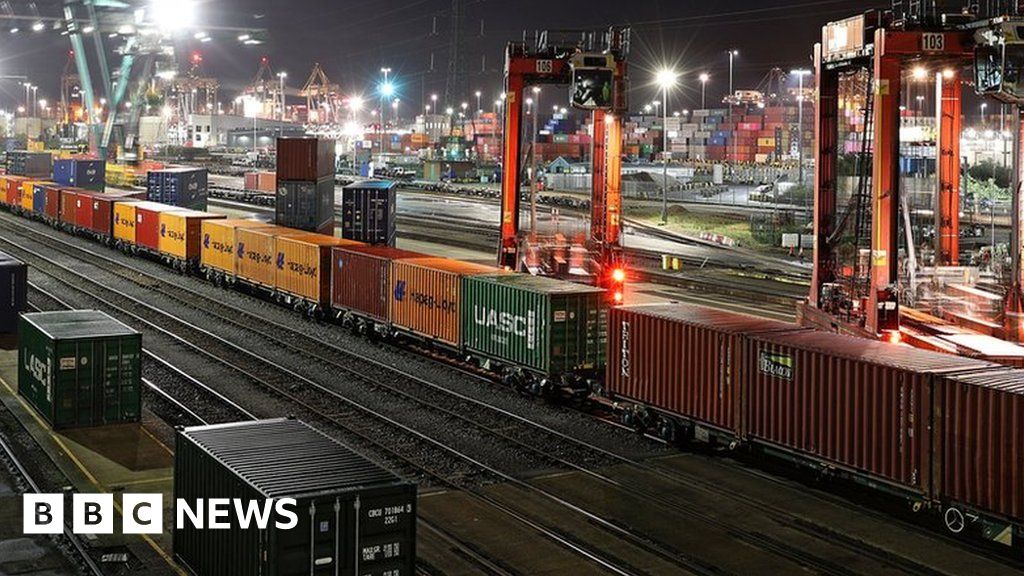Adrian1980uk
Member
- Joined
- 24 May 2016
- Messages
- 722
Removing 'lightly used' passenger trains sounds all well and good but it would reduce passenger numbers across the board by making it less attractive to go by train plus I guarantee lightly used would not be where freight wants to go.There's an interesting article in Modern Railways (Feb 24) regarding the rail freight growth target (page 56).
The bit that caught my eye was this:
Now I'm all for the intelligent renewals concept - seems like a splendid idea (you'll have to read the magazine to find out about it) however, the following strikes me about reallocating "lightly used" passenger paths:
1) it's robbing Peter to pay Paul as usual. Unsurprisingly, no mention of the freight sector getting its own house in order regarding all those paths clogging up the railway which carry a train only occasionally.
2) Removing a lightly used passenger path could drive a coach and horses through clock face passenger timetables and make the passenger service less useful.
3) Even if there are these lightly used passenger services, would any passenger seriously trust anyone in the Establishment to adjudicate what constitutes a "lightly used" passenger service - especially after two years of them trying to convince us that our trains are empty.
Take Ely junction, greater Anglia has ambitions to run more trains Norwich to Cambridge and Ipswich to Cambridge and Peterborough not less.

